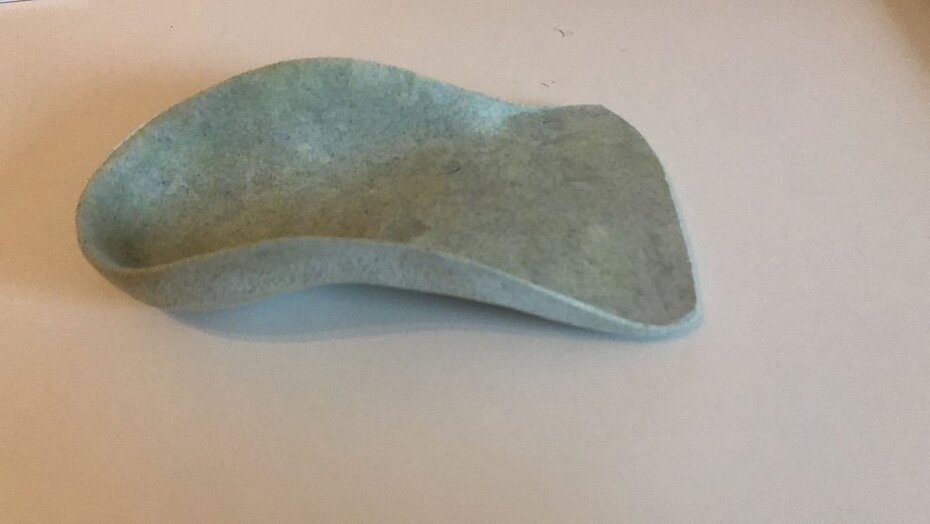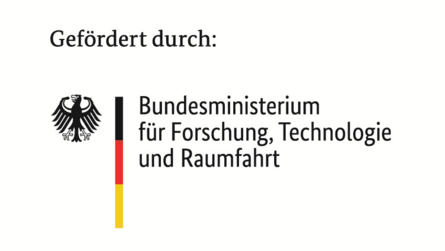
WEVA-ORTH - Bio-based, cycle-oriented recycling of EVA plates and insoles for orthopaedic shoe insoles
Extensive studies were carried out on the production and structure of EVA foam boards, in particular on ingredients, quantities and processing parameters. The main challenge in recycling EVA foam waste was the elimination of cross-linking. Mechanical recycling proved to be feasible, but reducing the degree of cross-linking was difficult. The key step to improve the flowability of the material was to grind the particles to 500 to 1000 µm, which achieved the uniform distribution of the filler particles in the pure EVA.
For initial tests, EVA waste was ground to 500 µm and mixed with pure EVA (28 % VA), blowing agents and crosslinking agents. Processing was carried out by compression molding and in an oven to investigate the expansion behavior. In compression molding, the limited space led to insufficient expansion and negatively affected density, volume and hardness. Oven processing showed better expansion, but longer processing times and an unsuitable surface.
Crucial to both processes was the choice of blowing agent, which activates at around 130 °C and optimally releases gas at 170 °C to avoid over-crosslinking and increase the flexibility of the manufacturing parameters. Lower temperatures also help to reduce production costs, which contributes to sustainability.

Project manager
Contact persons
Details
BMFTR WIR
Duration01.07.2023 - 30.06.2025